Clucking mad about keeping chickens. Your guide to the egg-squisite life.
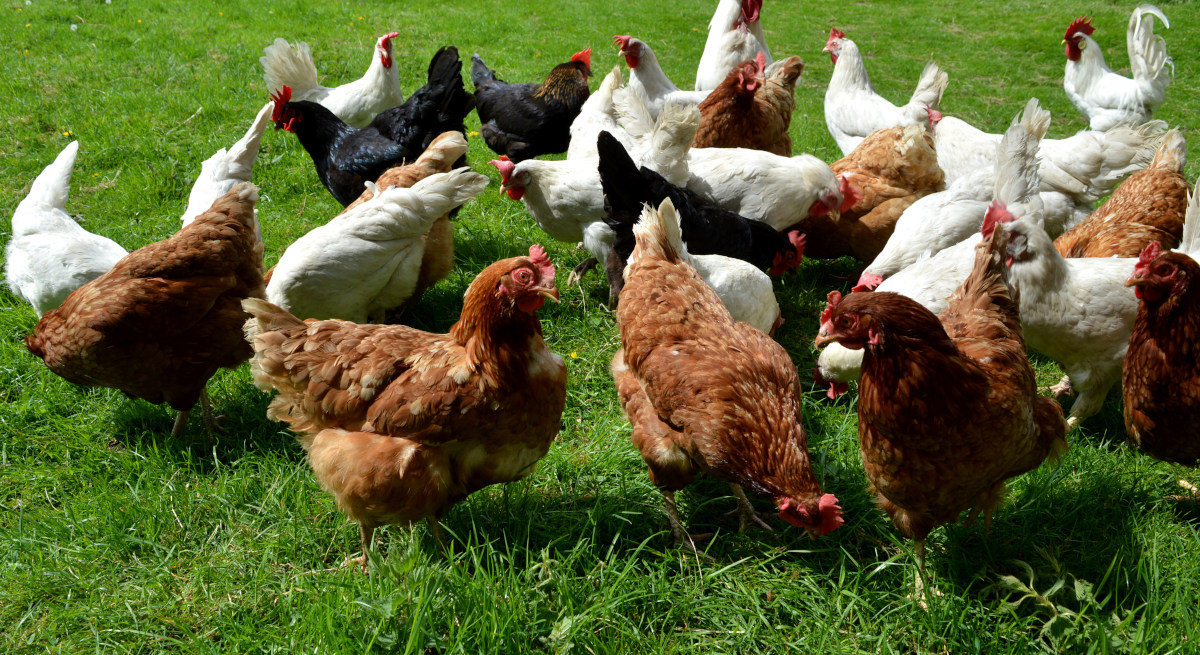
A comprehensive guide on how to keep chickens:
Table of Contents
My journey (Bio here) into the world of chicken keeping had been an enriching and rewarding experience. I have learned so much about these fascinating creatures and would like to share it.
Before You Begin:
Chickens, or any poultry, will take up a percentage of your time and cost money and will need to be provided for. They might also affect your ability to take vacations or impact your life in other ways.
Chickens arrived in Europe from the east between 1200 and 600 B.C. and in the Americas from the 1500's and poultry keeping has become part of the culture ever since.
Check local regulations: Before bringing home any chickens, it's essential to check with your local authorities regarding any restrictions or permits required for backyard chicken keeping.
Choose your breed: Different chicken breeds have varying temperaments, egg-laying capabilities, and cold-hardiness. Research different breeds to find those that suit your needs and preferences.
Below: Some breeds are kept for eggs, some for meat and some for show. A few breeds can be a jack of all trades.
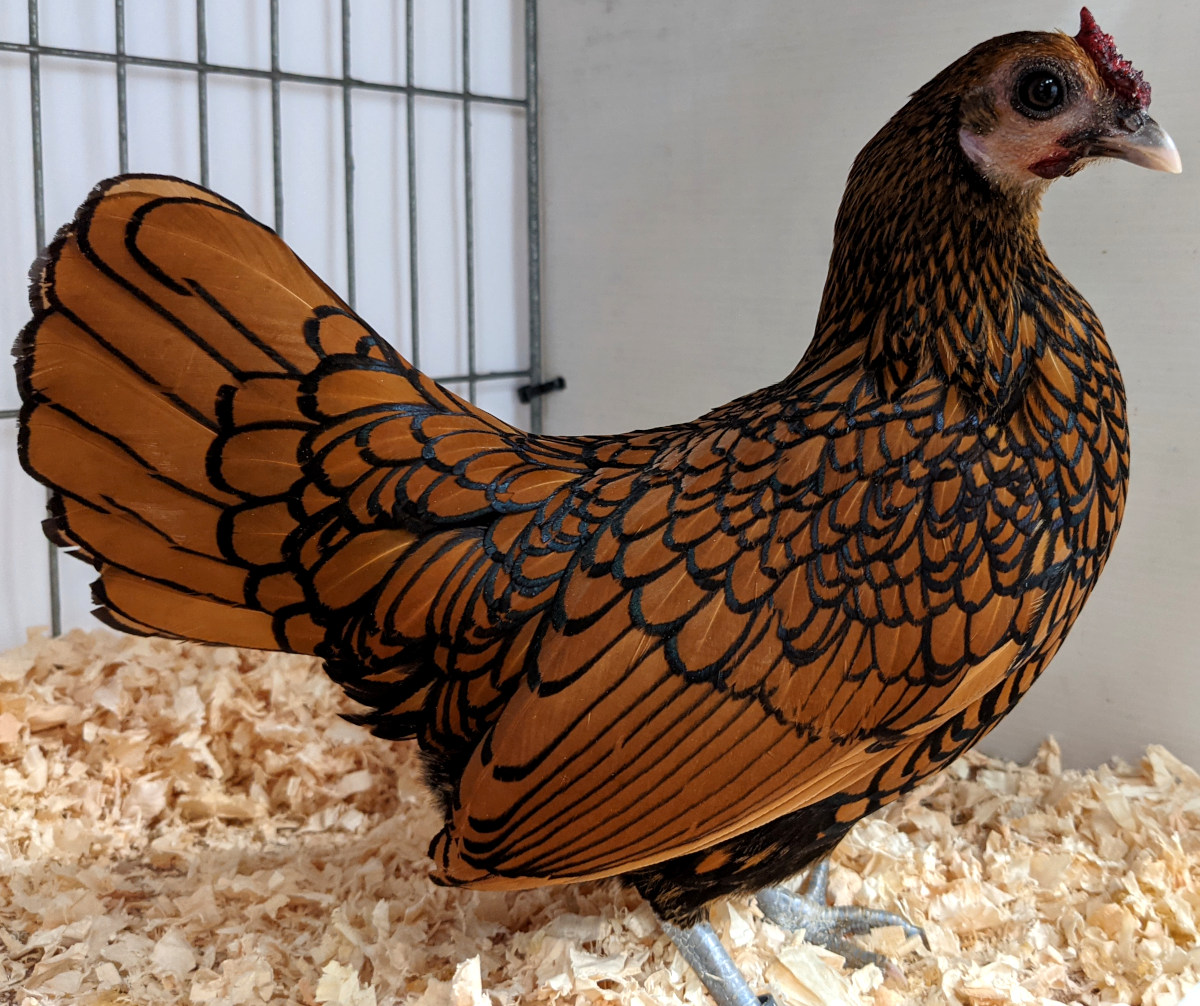
Work out how many birds you will need: In our recent survey of over 2700 chickens keepers I found that the most common number of chicken people kept was between 6 and 10.
Below: This is the first picture that exists of me and my chickens. It is from May 1998 when I got 7 Barnevelder hens and a cockerel. This is the first time they were free ranged.
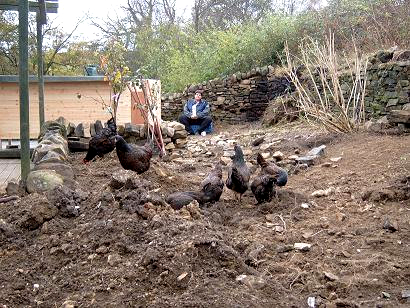
Fast forward a quarter of a century and I now have nearly 300 birds from 22 breeds including Ducks, Quail and Guinea fowl.
At the time I was running a high stress business and my chickens became my escape, feathered friends that brought some joy and laughter into my life.
Below: Barnevelders went on to be my first breeding and showing success.
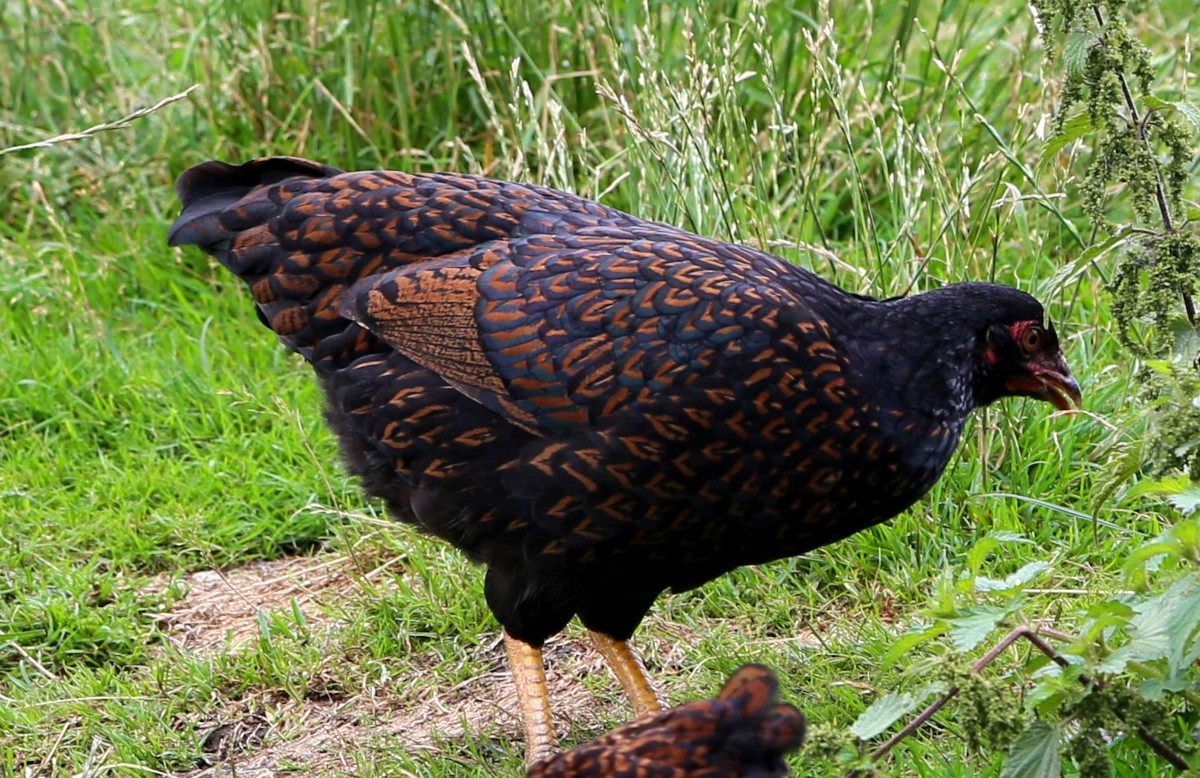
I spent far too much time watching in awe as they pecked and scratched their way through the backyard, their colourful plumage adding a splash of vibrancy to my otherwise mundane suburban existence.
Health and safety for both you and the chickens:
Monitor for signs of illness: Regularly observe your chickens for any signs of illness, such as lethargy, ruffled feathers, or changes in appetite or droppings.
I have also produced specific guides to help you identify what might be wrong with your chicken feet, eyes, comb or baby chicks.
Below: I learned to my cost that cost that chicken keeping has its dangers. A few years ago I broke a few bones in my foot when I went arse over tit in the mud while carrying a sack of feed.

Practice biosecurity measures: Avoid introducing new chickens to your flock without proper quarantine procedures to prevent the spread of diseases.
Protect from predators: Take precautions to protect your chickens from predators like foxes, such as securing the coop, using fencing, and avoiding feeding them near wooded areas.
Trap and control pests and vermin: Insects, rats, mice and flies can make a chickens life a misery. Learn how to keep pests out of the coop and away from your birds.
Housing, coops and runs:
A well-ventilated and secure coop is crucial for your chickens' health and safety. Plan adequate space for the number of chickens you plan to keep, including nesting boxes, perches, and a dust bath area.
Below: Hens love to sun bathe.

Provide a secure coop: Your coop should be predator-proof, with sturdy fencing and a secure door. Consider burying a wire mesh fence around the perimeter to deter burrowing predators.
Below: My current mixed egg flock consists of hybrids, Marans for dark eggs, Leghorns for white eggs and Crested Legbars for green eggs.
Ensure proper ventilation: Adequate ventilation is essential to prevent respiratory problems and maintain a healthy environment for your chickens.
Offer nesting boxes: Nesting boxes should be private and accessible to all hens. Provide one nesting box for every three to four hens.
Install perches: Perches provide chickens with a place to roost and rest. Install perches at varying heights to accommodate different sizes and preferences.
Keep the coop clean: Regularly clean the coop to prevent the buildup of droppings and odours. Use a shovel to scoop out droppings, and replace bedding materials as needed.
Feeding and nutrition:
I have spent many years study how chickens eat and the biggest takeaway I have from all the years I have been watching my chickens eat is - chickens like a bit of variety in their feed!
Provide a quality chicken feed: A balanced commercial chicken feed provides essential nutrients for your chickens' health and egg-laying productivity.
Below: My chickens are tame and eat from my hands.
Supplement with fresh foods: Offer your chickens a variety of fresh fruits, vegetables, and grains to supplement their diet and provide additional vitamins, minerals and variety.
Ensure constant access to clean water: Provide fresh, clean water at all times. Refresh their water drinkers daily and consider using a heated drinker in cold climates.
I produce fodder by sprouting wheat so as my chickens can have access to fresh greens all winter.
Care of chickens:
All poultry needs more than feed, water and shelter, One of your responsibilities as a keeper is to allow your chickens to indulge in natural behaviours.
Maintain a dust bath: A dust bath is essential for chickens' hygiene. Fill a shallow container with fine dust or ash to help them keep their feathers clean and free of parasites.
Below: Cockerels can be a handful. This one has taken offence at my shoe.
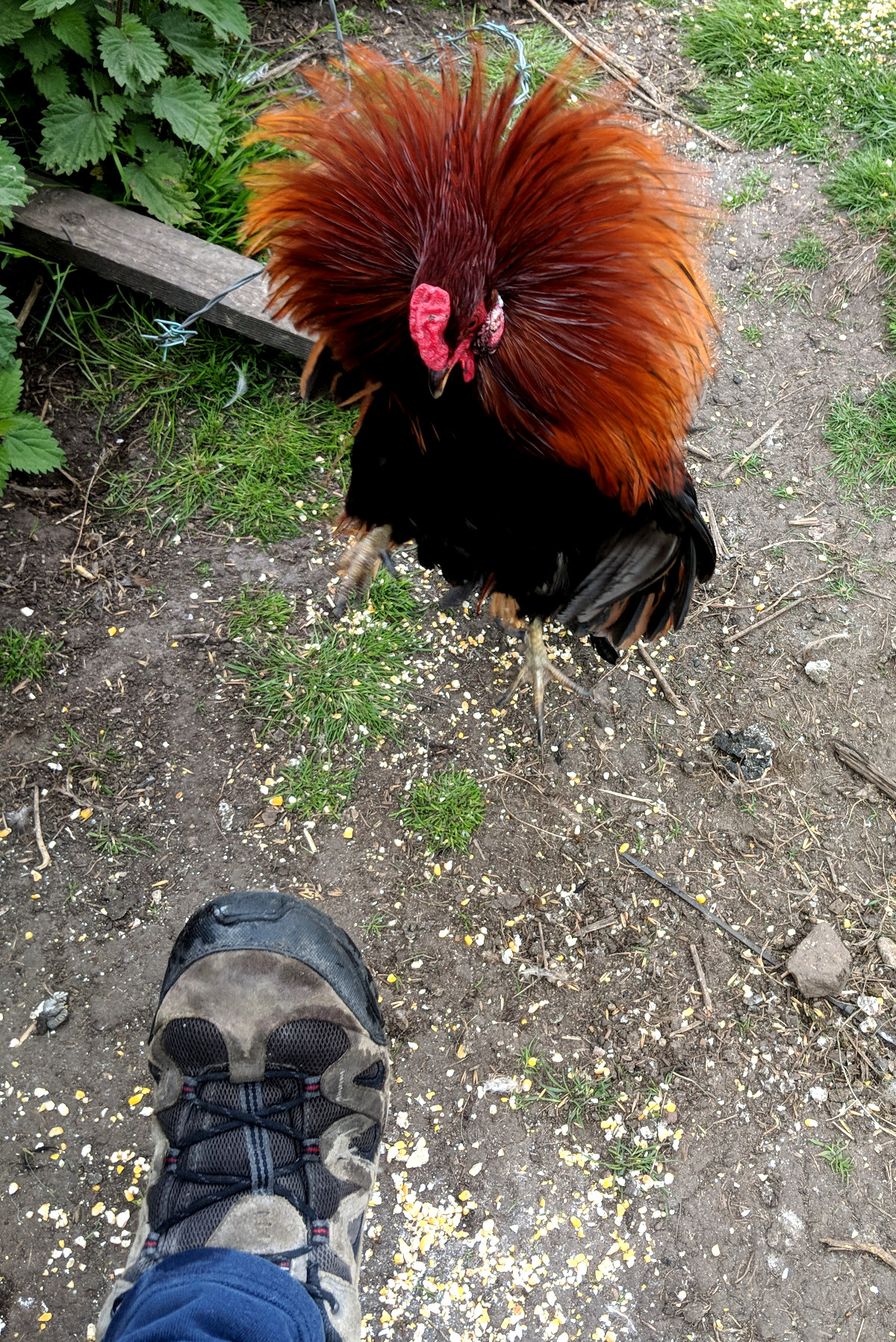
At any one time I have around 30 males floating around my fields which can make for some interesting situations.
Provide a free-range area: If possible, allow your chickens to roam freely in a secure, fenced-in area during the day. This provides them with exercise, mental stimulation, and access to natural food sources.
I am a great believer in free ranging poultry but appreciate there are many reasons why some keepers can't.
Below: My chickens in the snow.
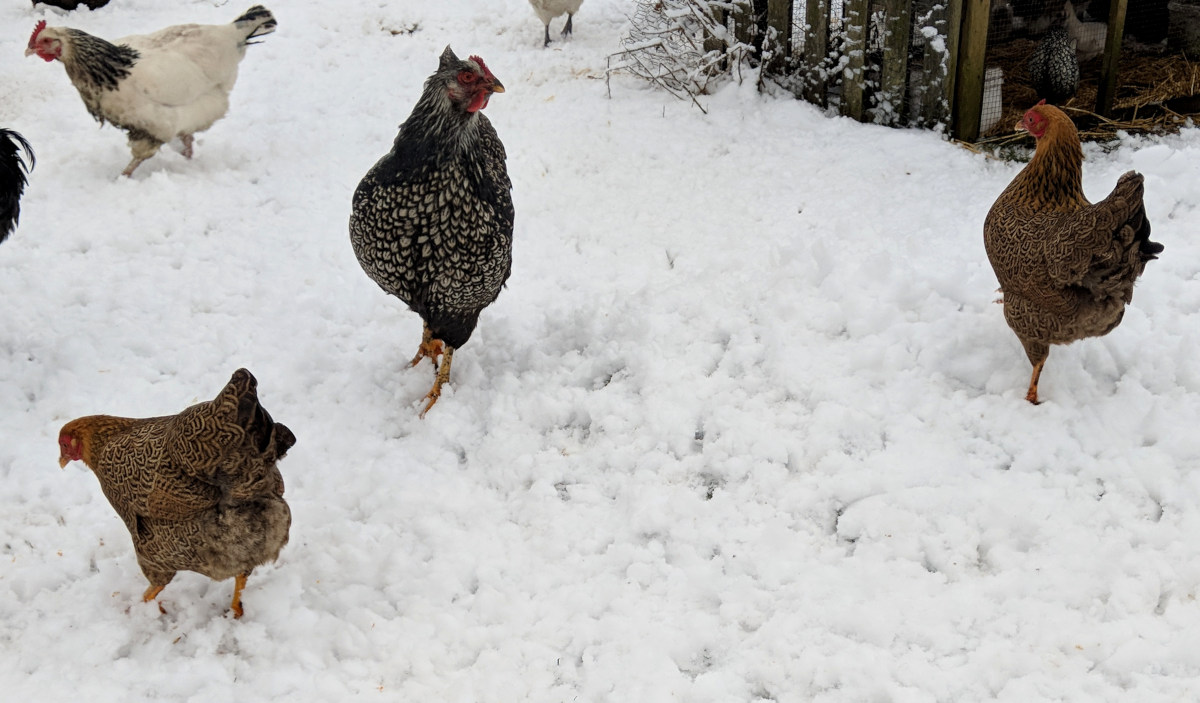
Handle your chickens gently: When handling your chickens, be gentle and supportive. Start by handling them regularly from a young age to help them become accustomed to human interaction.
Hatching and rearing:
There may well come a time when you want to expand your flock and a lot of keepers choose to hatch and rear their own birds. You can buy chicks, hatch with a broody hen or use artificial incubation to increase or replace your flock.
Select eggs: Choose clean, medium-sized, and unblemished eggs from healthy hens.
Set up an incubator or use a broody hen: An incubator provides precise temperature and humidity control, while a broody hen offers natural incubation.
Monitor incubation: Maintain proper temperature (99-100°F) and humidity (50-60%) throughout the incubation period, which is usually 21 days for chicken eggs.
Candling: After 7-10 days, candle the eggs to check for embryo development. Discard infertile or dead embryos.
Pipping and hatching: Around day 18, chicks start pipping the eggshell. Leave them undisturbed until they hatch fully, which takes 12-24 hours.
Brooder setup: Provide a secure, well-ventilated brooder with a heat source, bedding, feeders, and waterers.
Below: Day old chicks are cute but they soon grow up.
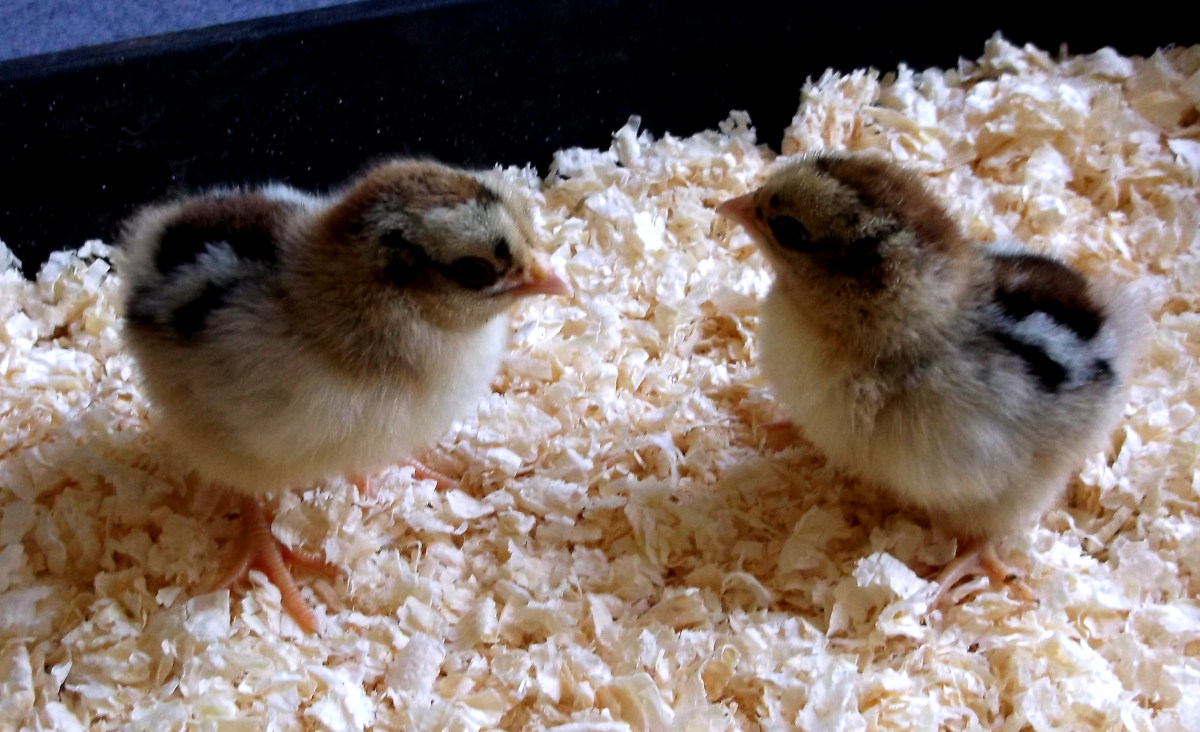
If you choose to hatch your own you will need to deal with the surplus males.
Transfer to a brooder: Once dry and fluffy, move the chicks to a brooder with a heat source for warmth and comfort.
Temperature management: Adjust the heat source gradually, reducing the temperature as the chicks grow.
Nutrition and hydration: Offer chicks a high-quality chick starter feed and provide access to fresh, clean water at all times.
Cleanliness and sanitation: Maintain a clean brooder and change bedding regularly to prevent disease spread.
Monitoring and socialisation: Observe chicks regularly for signs of illness or discomfort. Handle them gently to encourage socialisation.
Transition to outdoor access: Gradually introduce chicks to outdoor space as they mature, ensuring a safe and secure environment.
Vaccination, pest and parasite control: Consult a veterinarian about vaccination schedules and parasite control measures.
